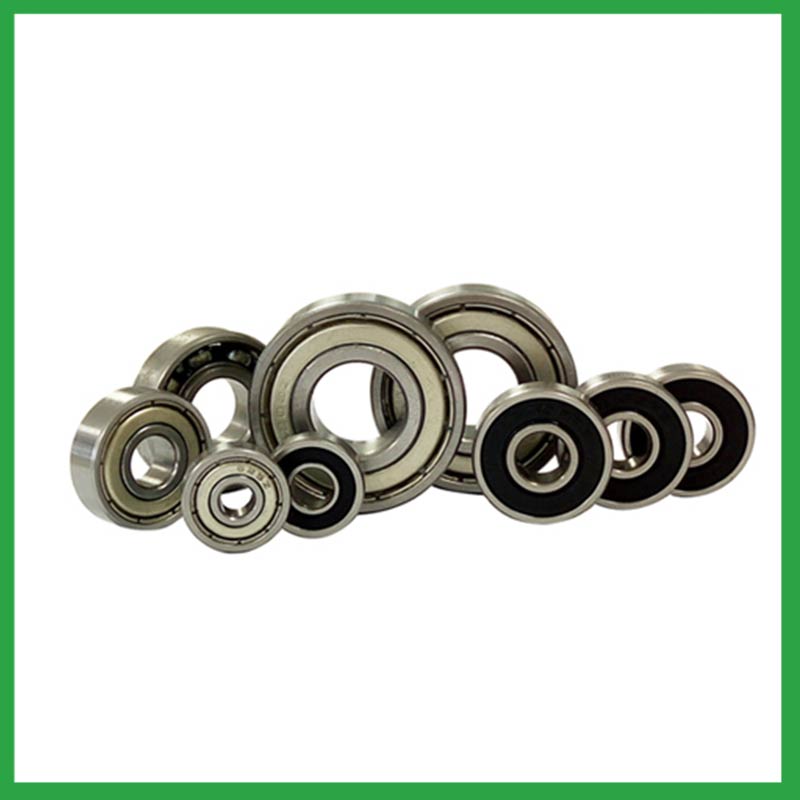PRODUCTS
CONTACT US
Ningbo Nide International Co., Ltd.
一一
· Contact person:Jack Zeng
· Mob/Whatspp/WeChat:0086-13738869026
· Email:emarketing@nide-group.com;marketing4@nide-group.com
· Add:No. 169, Wohushan Road, Daqi Subdistrict, Beilun District, Ningbo, China

Nide team could manufacture ball bearing as per customer’s drawing and samples.
If customer only has samples, we could also design drawing fo r our customer.
We also provide customized service.
Our ball bearing is widely applied the different industrials.
Ningbo Haishu Nide International Co., Ltd was established in 2010, specializing in the development of precision customized bearings and sales of branded bearings. Provide overall bearing solutions for all customers and assist them in product development. In addition to providing various bearings that comply with international standards and specifications, we also provide services for motor manufacturing technology consultants, project support, and turnkey projects. The company's main products include: shaft,ball bearing,insulation paper,motor cover and lamination,commutator,carbon brush, etc.
In addition, we provide non-standard bearings according to customer needs and are committed to providing the widest range of services.Our main application areas are electric automotive motor,electric bicycle motor,water pump motor,fan motor,BLDC motor,washing machine motor,compress motor,servo motor and other industries.Reliability, responsibility and quick reaction help Nide to win the worldwide customers’ confidence seccesively, so far Nide has supplied products to its customers more than 50 countries.
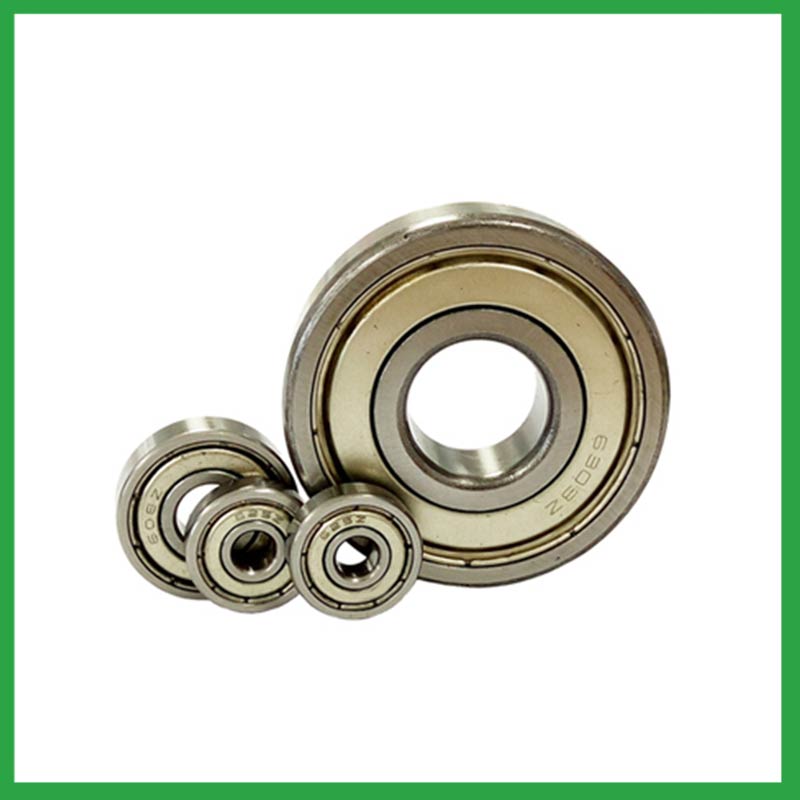
| Parameter | Information |
| Product Name | 3d printed ball bearing holder |
| Brand Name | Nide |
| Place of Origin | China |
| Type | Ball |
| Material | chrome steel, etc. |
| Sample | Avaible |
| Warranty | 3months-1year |
| Lubrication | Dry/ Oil |
| Application | high-speed electric tools,machine tools, etc. |
| Port | Ningbo/Shanghai |
| Size(mm) | customize |
| Export Country | Argentina,Brazil,South Korea,Madagascar,North Korea,Zimbabwe,Grenada...etc |
| Export region | Europe,Africa,America... |
| Certification | ISO 9001 Certification,CE-stator coil winding machine,CE-stator coil winding inserting machine,etc |
| Precision Rating | as per customer's requirement |
| Feature | High speed,Low Noise...etc |
| Packaging Details | Suitable for sea transportation |
| Color | Silver gray+customized |
| Seals Type | Rubber seals |
| Service | Prompt Delivery |
| Supply Ability | 100000-500000 Piece/Pieces per Month |
| Lead time (days) | 15-20 (To be negotiated) |
Please note: The above table data is for reference only. For specific information, please contact us.
3d printed ball bearing holder can be used in household appliances, such as barrel machine spindle bearings,mixers,refrigerator door leaf wings,washing machines, etc; It can also be used in industrial fields, such as weaving machine spindle bearings,dishwashers,motors,reducers, etc.
Before use, the model, size, and design of the ball bearing should be confirmed to ensure suitable application;
During installation, the installation load of the ball bearing should be minimized as much as possible to avoid unnecessary damage;
The bearing shaft and the bearing frame should be stable at the same time to avoid excessive tension.
Ball bearings have many advantages, making them highly competitive in the market.
Firstly, they are very durable and have good wear performance, making their service life longer than many other types of bearings.
Secondly, they are easy to install and can provide low friction performance in various applications.
Thirdly, they require a relatively low level of maintenance, making them cost-effective.
In addition, compared to many other types of bearings, their purchase cost is relatively low, making them an economical choice.




3d printed ball bearing holder---FAQs Guide
2.How do preloaded 3d printed ball bearing holder enhance rigidity and reduce clearance in high-precision applications?
3.Can 3d printed ball bearing holder be customized with special coatings or treatments to meet specific industry standards or regulatory requirements?
4.What are the advancements and innovations in 3d printed ball bearing holder technology that have emerged in recent years?
5.As a 3d printed ball bearing holder manufacturer,can you supply samples?
6.What is the typical noise level associated with 3d printed ball bearing holder, and how are noise-reduction techniques applied?
7.How do 3d printed ball bearing holder contribute to the overall efficiency and energy savings in industrial machinery and transportation systems?
8.Are there miniature 3d printed ball bearing holder designed for use in precision instruments and small-scale mechanisms?
9.Can 3d printed ball bearing holder operate in high-speed applications, and what design features make them suitable for such conditions?
10.What are the considerations for selecting sealed or shielded 3d printed ball bearing holder to protect against contamination and retain lubrication?
11.How do manufacturers ensure the quality and reliability of 3d printed ball bearing holder through material selection and precision machining?
12.Can 3d printed ball bearing holder handle shock loads and high-impact conditions in heavy machinery?
13.How do cage designs affect 3d printed ball bearing holder speed and acceleration capabilities in high-speed machinery?
14.Can 3d printed ball bearing holder be used in vacuum or cleanroom environments, and what measures are taken to prevent outgassing or contamination?
1.What is the load distribution within a 3d printed ball bearing holder, and how does it vary between different bearing configurations?
The load distribution between the rolling elements and raceway is crucial in performance evaluation of rolling element bearings. Determine the load distribution by measuring the strain response at the bearing surface with a notched housing. Finite element analysis shows that the introduction of notches does not affect the load distribution. An experimental system was developed to investigate the load distribution in a cylindrical roller bearing. The experimental static load distribution agrees well with the theoretical calculation. The dynamic load at specific position of load zone reflects the manufacture difference among rollers and dynamic balance of distributing loads.
2.How do preloaded 3d printed ball bearing holder enhance rigidity and reduce clearance in high-precision applications?
Enhance Rigidity: By applying a controlled axial force, preload increases the bearing's resistance to external forces and moments. This heightened rigidity is essential in applications where any deflection or misalignment must be minimized, such as in machine tools or robotic systems.
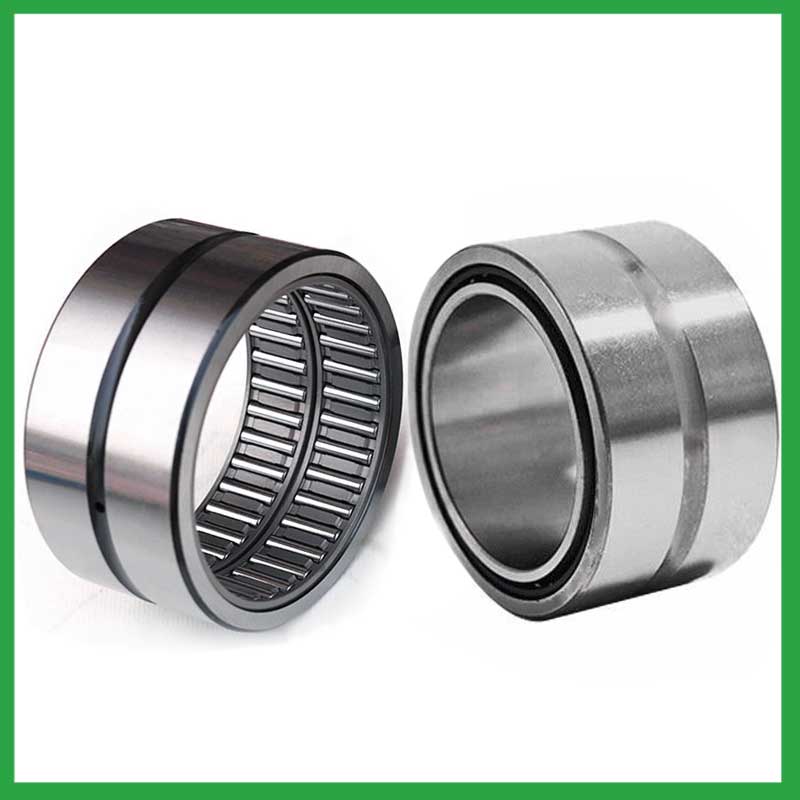
3.Can 3d printed ball bearing holder be customized with special coatings or treatments to meet specific industry standards or regulatory requirements?
Yes, 3d printed ball bearing holder can be customized with special coatings or treatments to meet specific industry standards or regulatory requirements.
1. Corrosion-resistant coatings: These coatings are used to protect the bearings from corrosion caused by exposure to moisture, chemicals, and other corrosive substances.
2. High-temperature coatings: These coatings are used to improve the thermal stability and performance of bearings in high-temperature environments.
3. Food-grade coatings: These coatings are specially designed for applications in the food and beverage industry, where bearings come into contact with food, beverage, or pharmaceutical products.
4. Anti-static and non-conductive coatings: These coatings are used to dissipate static electricity, which can cause damage to electronic components.
5. Specialized lubrication treatments: Bearings can be treated with specialized lubricants that meet specific industry standards or regulatory requirements.
4.What are the advancements and innovations in 3d printed ball bearing holder technology that have emerged in recent years?
Significant advancements have been made in 3d printed ball bearing holder steels over the years. Modern, ultra-clean bearing steels contain fewer and smaller non-metallic particles, giving ball bearings greater resistance to contact fatigue.
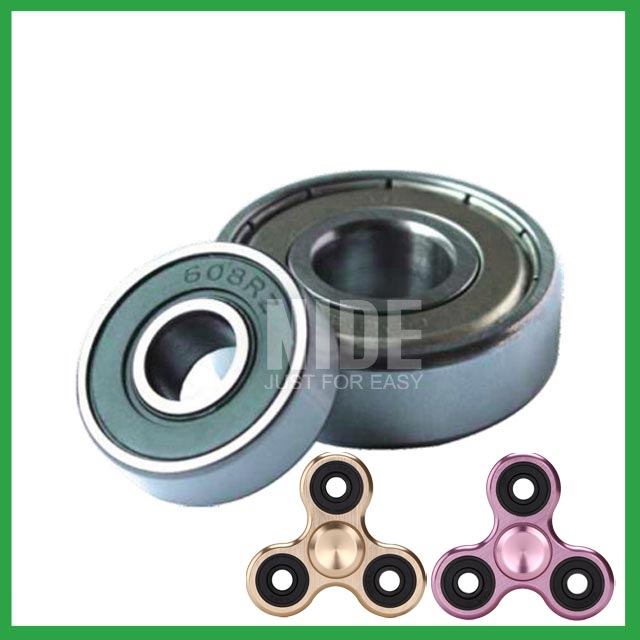
5.As a 3d printed ball bearing holder manufacturer,can you supply samples?
Sure, samples can be provided free of charge, and the buyer pay the postage of the sample.
6.What is the typical noise level associated with 3d printed ball bearing holder, and how are noise-reduction techniques applied?
To measure in accurate way the 3d printed ball bearing holder noise under rotation during their manufacturing process is a key activity particularly in the production of medium, small and ultra-small deep groove ball bearings. This capability in bearings noise analysis has become the real distinguishing element between a standard bearings noise equipment and a superior class one.
The various types of vibration and sound in rolling bearings can be grouped in four main categories: structural, manufacturing, handling and other. The structural vibration consists mostly of race, click, squeal and cage noise: it can be continuous or intermittent depending on specific cases. The manufacturing vibration is instead related to the waviness noise generated by the geometrical imperfections of inner and outer ring and of rolling elements, being always continuous in nature. The so-called handling vibration is normally associated with flaw and contamination and is generating – in most of the cases – irregular noise. Then there are other types of vibrabition that include noise generated by sealing and lubricant (irregular) or by runout (continuous).
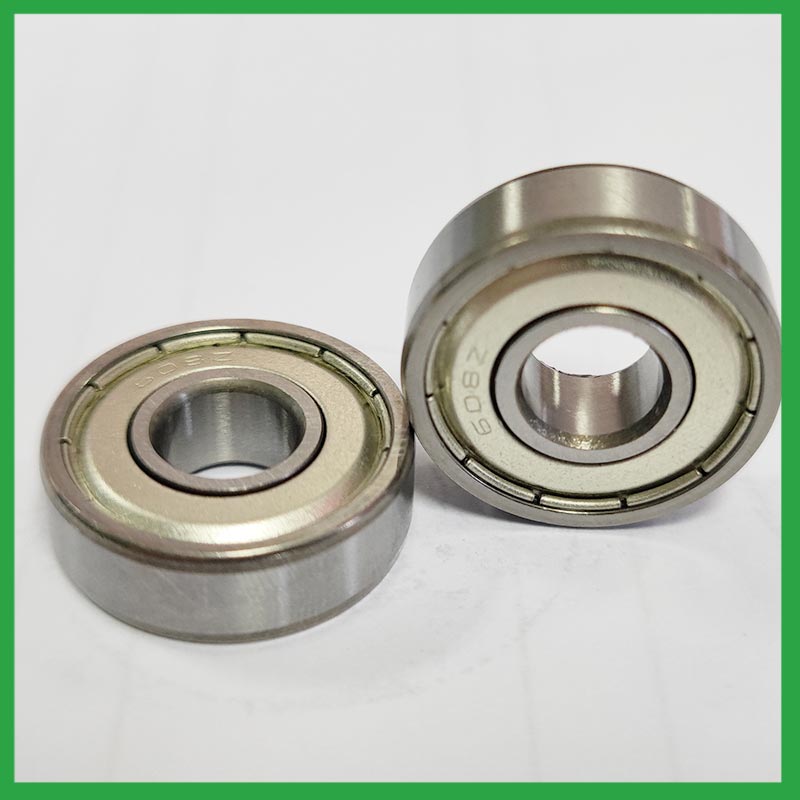
7.How do 3d printed ball bearing holder contribute to the overall efficiency and energy savings in industrial machinery and transportation systems?
The balls roll along the raceway, allowing for smooth rotation of the machinery or equipment. Ball bearings are used to support rotating, reduce friction and support radial and axial loads in high-load, high-speed applications where reliability and efficiency are critical.
8.Are there miniature 3d printed ball bearing holder designed for use in precision instruments and small-scale mechanisms?
Miniature bearings, despite their small size, play a significant role in various industries and applications. These compact powerhouses, typically measuring less than one inch in outer diameter, offer exceptional precision, durability, and reliability. Miniature bearings find extensive use in precision instruments and robotics.
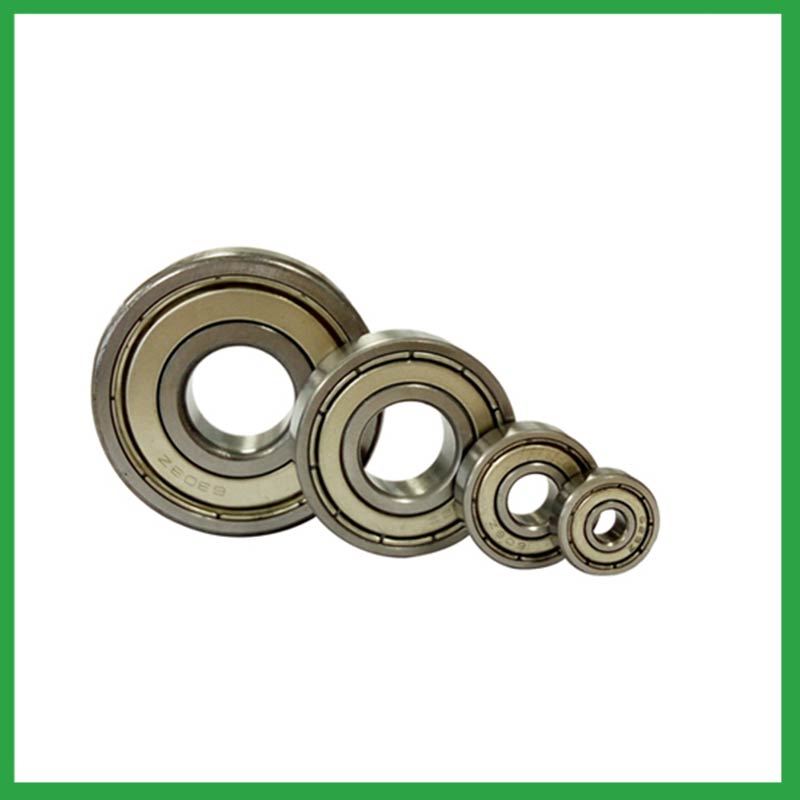
9.Can 3d printed ball bearing holder operate in high-speed applications, and what design features make them suitable for such conditions?
They have very low rolling friction and are optimized for low noise and low vibration. This makes them ideal for high-speed applications. 3d printed ball bearing holder are comparatively easy to install and require minimal maintenance.
10.What are the considerations for selecting sealed or shielded 3d printed ball bearing holder to protect against contamination and retain lubrication?
First, the environment in which your 3d printed ball bearing holder operate in can help you identify potential contaminants, allowing you to select your shields or seals accordingly. For example, shielded bearings have a gap that can allow finer contaminants or water from washdown applications to enter the bearing and get into the raceways.The challenge for sealing bearings is to seal the bearing by protecting the bearing from contaminants and running efficiencies.
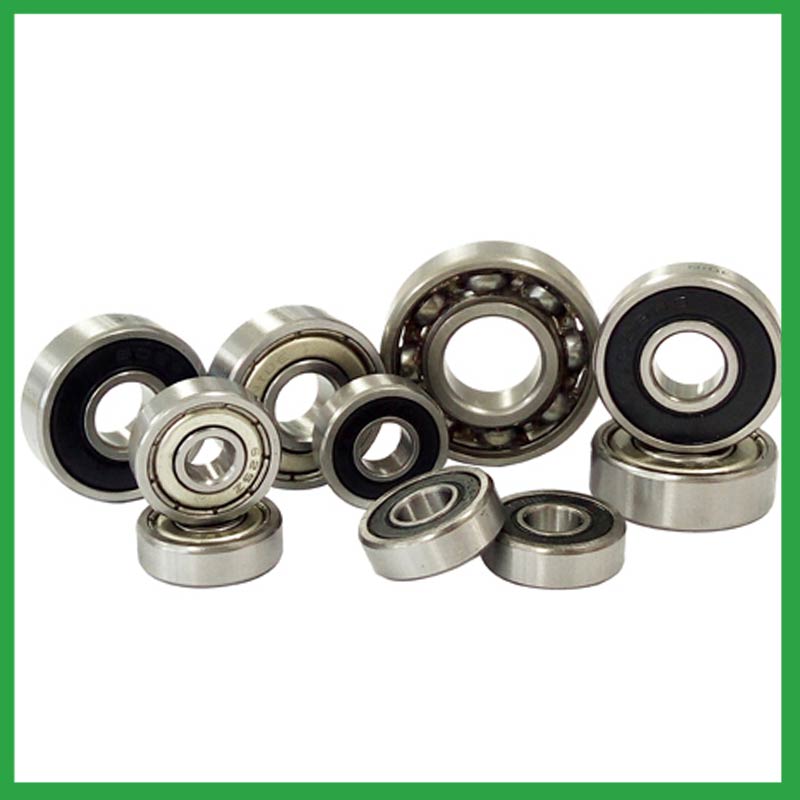
11.How do manufacturers ensure the quality and reliability of 3d printed ball bearing holder through material selection and precision machining?
High-precision measuring instruments, such as micrometers and gauges, are used to check the dimensions of the rings and balls to ensure they meet tight tolerances. Surface Finish Inspection: Surface finish is assessed using profilometers to ensure the required smoothness and low friction characteristics.
12.Can 3d printed ball bearing holder handle shock loads and high-impact conditions in heavy machinery?
As a general rule, 3d printed ball bearing holder are used at higher speeds and lighter loads than are roller bearings. Roller bearings perform better under shock and impact loading. Ball bearings tolerate misalignment better than roller bearings do. Roller bearings can handle heavy combined radial and thrust loads.
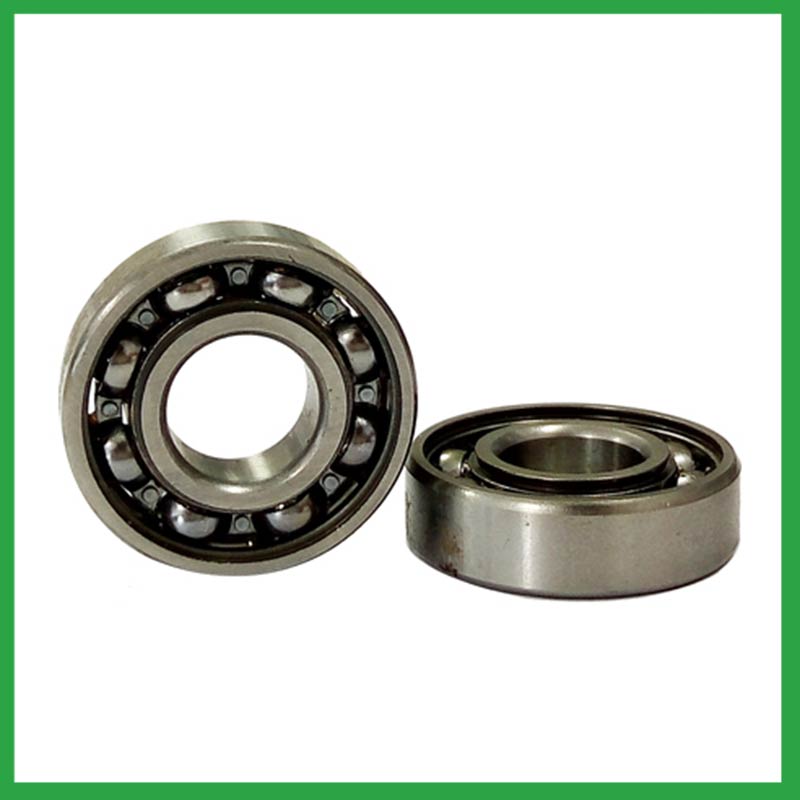
13.How do cage designs affect 3d printed ball bearing holder speed and acceleration capabilities in high-speed machinery?
In high-speed 3d printed ball bearing holder, external load has a great effect on cage stability and sliding ratio, especially for the bearings at work in the starting process. The cage stability is worse in the beginning of the bearing starting process. The axial load greatly influences cage dynamic performance in the bearing starting process.
In addition, while ball bearings worked under steady conditions, axial load and radial load both have a great influence on cage dynamic performance. The effects of axial load on cage dynamic performance during the bearing starting process are opposite from the effects under steady conditions.
14.Can 3d printed ball bearing holder be used in vacuum or cleanroom environments, and what measures are taken to prevent outgassing or contamination?
Bearings specify stainless steel for vacuum or cleanroom applications as stainless steels used for the rings, balls and retainer exhibit low outgassing. They usually supply open or shielded stainless steel bearings as vacuum bearings as these will outgas less than a nitrile rubber sealed bearing.
